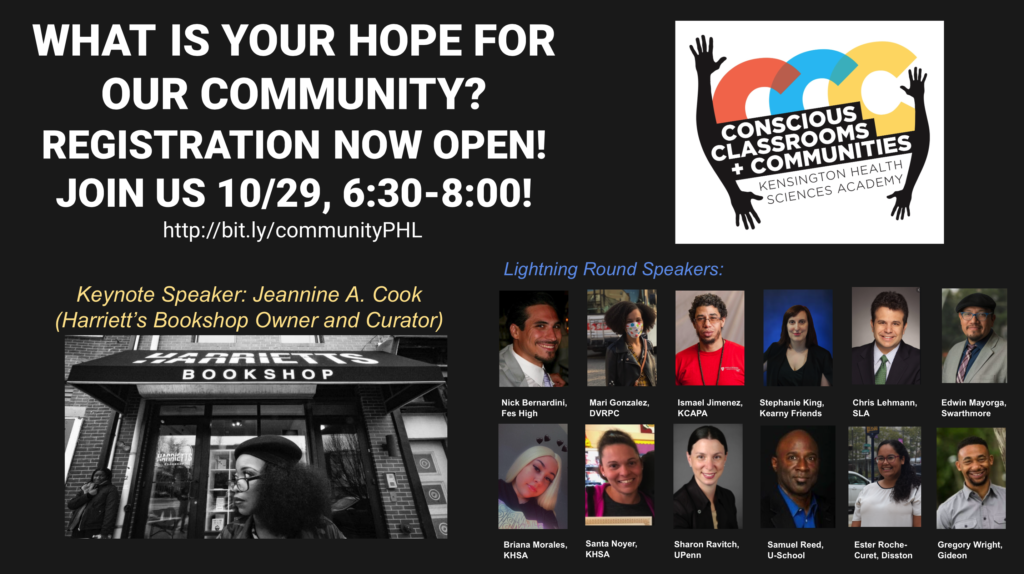
Now, more than ever, Social Justice is needed in classrooms; the Pandemic and Racial unrest of recent times is a clear call for action for educators and the stakeholders at large. Social justice refers to the equitable treatment of all members of society and fair resource allocation.
The promise of equality cannot be achieved when fundamental injustice still exists within the educational system. The Brown V. Board of Education outlawed segregation nearly 70 years ago, and yet, many districts are effectively segregated, particularly in urban areas. Sadly a look at schools across the country proves that fair distribution of resources and equitable treatment doesn’t always happen. What we need is a commitment to social justice. We can start with a framework in our education system to help relevant players to safeguard social justice in our schools. In the words of Mary Kawena Pukui, “No task is too big when done together by all.”
Policymakers and stakeholders need to develop policies, regulations, and procedures that aim to perpetuate and implement social justice. An example is the state of California, which became the first state to require LGBTQIA textbooks. A remarkable step to create equitable learning space. Rather than silence or eliminating diverse opinions, students should be engaged in dismantling outmoded educational programs to address inequality.
We need to reimagine education to include relevant, engaging, and practical economic and vocational skills. For this shift to happen educators need to move beyond seeing many of the black and brown communities we serve as marginal. Instead, we need to see the margins as the center and the communities we serve as essential civic hubs. The curriculum needs to be inclusive and particularly for communities not included in the mainstream of social, political, and economic life.
As A Teacher, How Do You Side Hustle For Social Justice? ![]()

The very place to start this sensitization is in our schools. Schools are a haven of knowledge to groom us into outstanding citizens to benefit our society. Social justice is a mindset, not just a curriculum that geared for a test. We can start by implementing an actionable and measurable curriculum on social justice that can be tracked for improvement. This all-inclusive curriculum must actively dissect political issues involving race, sexuality, gender identity, and classism. The goal is to deliver a curricular that addresses social disadvantage and, most importantly, reducing racism.
As a teacher, you have the platform to create meaningful change. Teaching social justice goes beyond teaching the future generation about the cultural, social, and economic inequalities imposed on people through the unequal distribution of power. It also means being role models that create an open environment for students to voice out their opinion. Perhaps the best and easiest way to bring about social justice is by engaging students in dialogue. Education works when student’s backgrounds and experiences are incorporated into the teaching and learning process.
Finally, another way to pivot with social justice is to be a teacherpreneur, design solutions to fill educational voids. An educator’s job doesn’t end with teaching students what’s right and wrong. Educators need to be economically empowered and involved to serve as the best model worthy of emulation for their students. And you cannot do any of this if you’re not armed with the right knowledge or deep understanding of Social Justice.
Teachers must take action to overcome barriers to ensure every child has a chance to be safe, encouraged, and inspired.
In the end, Social Justice becomes more than a side hustle, it’s a lever to inspire and transform the communities we serve..
Well put, Sam. I find the idea of a “side hustle” to be interesting. As an English teacher, I am hired to teach students to appreciate and benefit from literature; to understand our language, see how the language we use influences our thinking, and use that language well; to develop reading, writing, speaking, and listening skills; to develop a critical eye in evaluating a text; and numerous other types of content, concepts, skills, and approaches. But the texts we read, write, listen to and talk about have to be about something, and social justice is a better focus than many. So the “side hustle” can move quite naturally into a more important role.
Joe, Thank you for sharing your thoughts. Side Hustle is an ethos that I have been exploring in my teaching and everyday living. I will be doing a series of posts on the theme of side hustling. For my next post, I will explore how educators and non-educators can use Design Thinking to support their Side Hustles.
My late mother who got only two years of formal education is the best “side hustler” I know. In her “broken” English, she can talk the price of oranges down to giving them to her for free is a wise decision on your part…
Sam, I would love to read in more depth what other innovative ways you have been exploring to pivot the stigmatized and “marginal” others as the central force. Your idea made me think of Duchamp turning readymades into priceless art, Kristen Davis who trained the humble rat to detect land mines, Noam Chomsky who advised us to listen to the children, and other game changers who see possible solutions by reframing. Isabella Tree called it “rewilding ourselves.” Thanks for a provocative piece. I’m ready to see what’s next. Keep hustling ubiquitously.
Lisa, thank you for your response. Yes! The stigmatized and “marginal” as the central force. The least of us as most of us. This shift/work should be central to our teaching and hustle. I know you learned some powerful lessons from your late mother. May she rest in power.